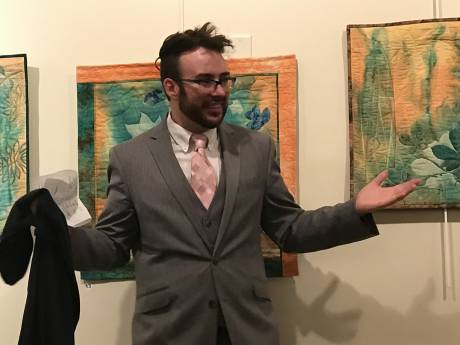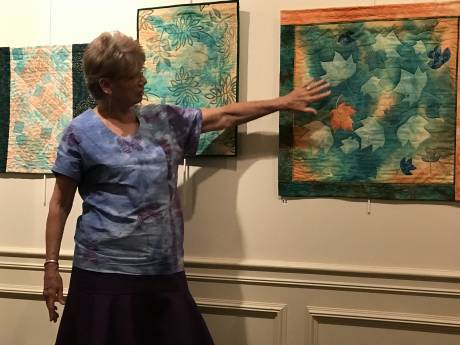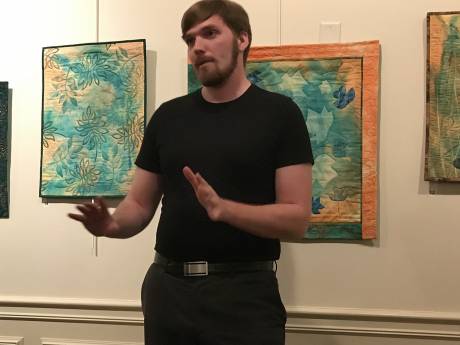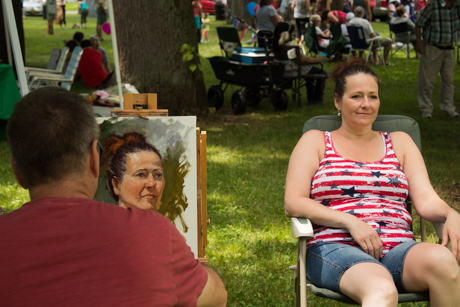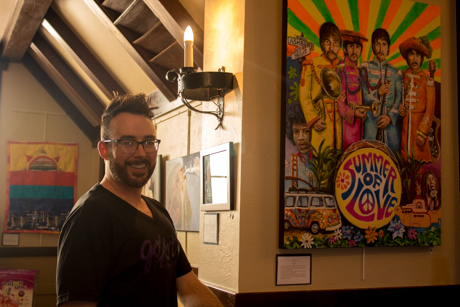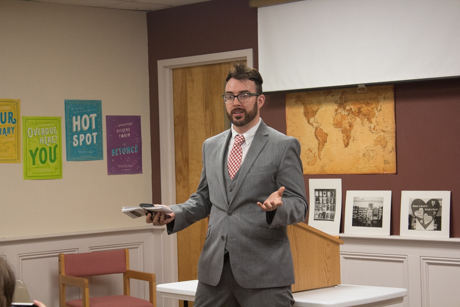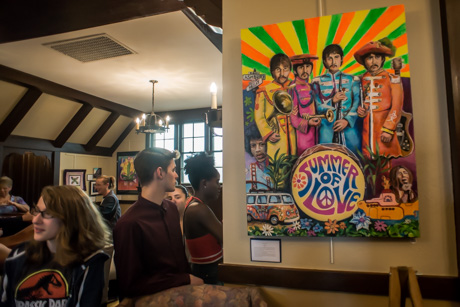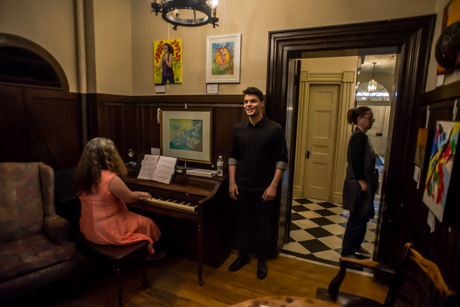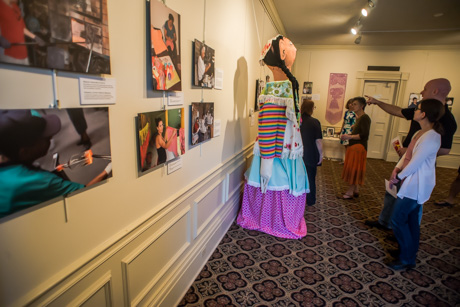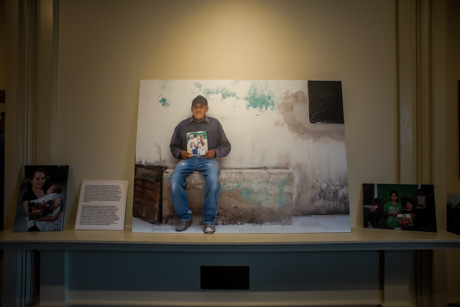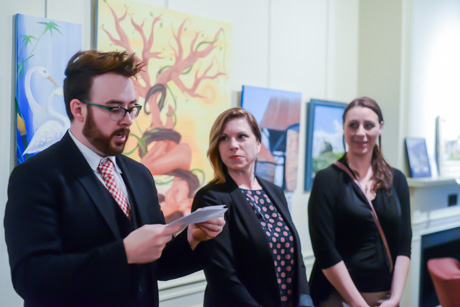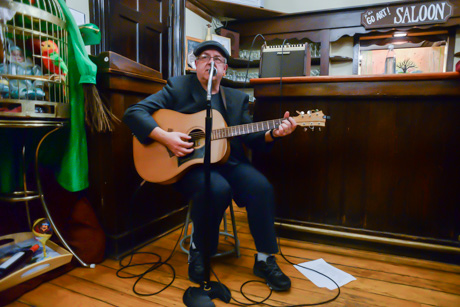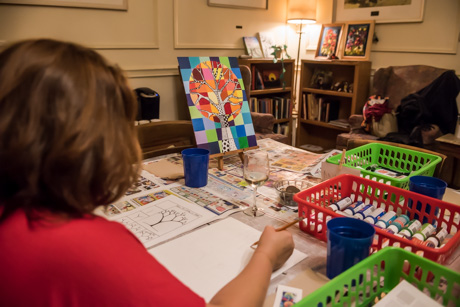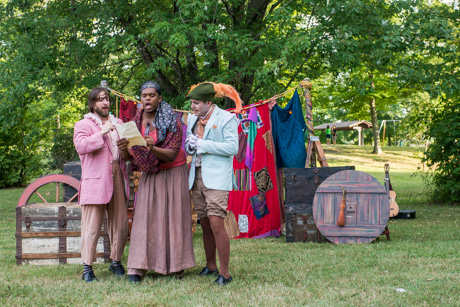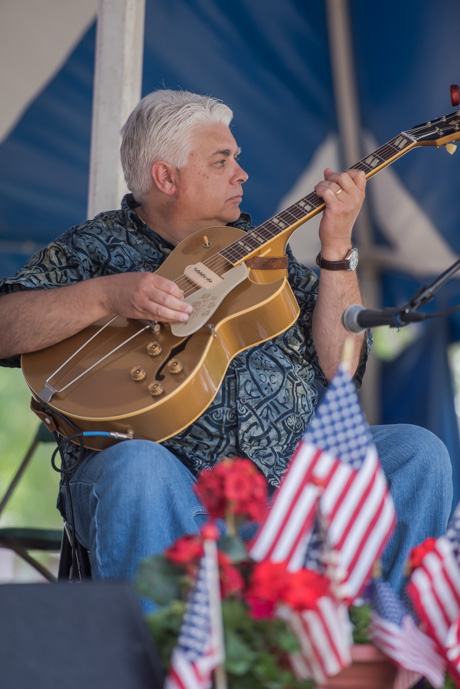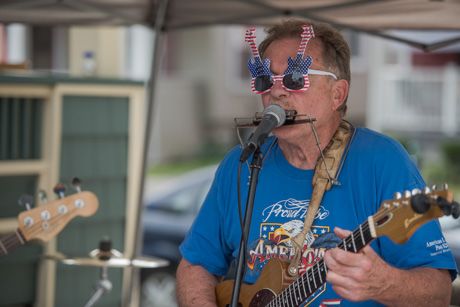The proposed federal spending plan released today by the Trump Administration cuts funding for the arts, which, as the Washington Post points out, will hit small rural communities, such as Batavia, the hardest.
The $148 million National Endowment for the Arts Budget -- 0.004 percent of the overall federal budget -- is funneled down the local level by the New York State Council on the Arts.
If cut, that funding will mean the elimination of grants for local arts groups, said Jennifer Gray, executive director of GO ART! She said there are 25 organizations and individuals in Genesee and Orleans counties who depend on those grants to provide arts events, about 70 a year, along with classes and programs that are enjoyed by more than 20,000 people throughout the two counties.
"If those programs are defunded, those programs will not happen," Gray said.
Early today, Rep. Chris Collins issued a press release expressing a couple of reservations about the Trump budget, particularly as it pertains to agriculture and the National Institute of Health, but did not address any other budget cuts, including eliminating the NEA. Twice today we emailed members of Collins staff requesting a comment on the topic from the Congressman and did not receive any response.
Elimination of arts programs could have far-reaching effects locally, including on education and business.
Steve Hyde, CEO of GCEDC, said he understands the balancing act the president must go through to arrive at a budget he believes is best for the country, but it's also true businesses are looking for communities where they might set up shop certainly take into consideration lifestyle issues for employees, which includes access to arts and entertainment opportunities.
Companies want to know that potential employees will want to move into a community that offers the lifestyle choices and amenities that attract top talent.
The arts, Hyde said, also play a key role in educating the future workforce.
"The arts help kids engage and it draws on those necessary critical thinking and creative thinking skills," Hyde said.
Gray also noted the potentially dire economic impacts of cutting arts funding.
"Our region will continue to become a cultural wasteland, which in turn drives away potential residents, potential property tax income, potential industry, the list goes on," Gray said. "We will be an area that supports methadone clinics before it supports the arts. Our children will have the options to get drug treatment over participating and thriving in the arts. The arts change lives, change regions, (it) lifts up the economy and drives tourism. Who wants to live in a region devoid of all that?"
Eliminating the NEA has been long been the goal of many social conservatives who not only say the NEA is wasteful spending, but that it also promotes artistic expression social conservatives find objectionable.
While the NEA is only a tiny portion of overall federal spending, the funds it disperses is also only about 1 percent of all the money spent on the arts in the United States. In smaller communities, though, where just as a matter of smaller populations, there are fewer people to support the arts and fewer rich patrons, the federal spending has a greater impact.
Gray doesn't know if defunding NEA will lead to the eventual demise of GO ART!, but even if it doesn't, she said, it will have a profound impact on the local arts community.
"Like all of Trump's policy's so far," Gray said, "it will devastate those people and organizations that need it the most. Poverty-stricken areas and low-income regions will further fall into the abyss of both cultural void and economic destitution."
DISCLOSURE: Howard Owens is on the board of directors of the Genesee Symphony Orchestra, which in the past has received grants from GO ART! that help fill budget gaps for the orchestra.


